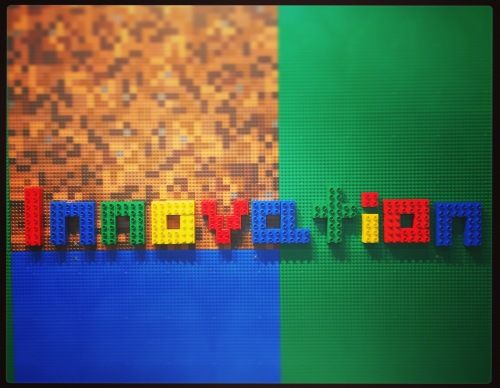
Last night I had the opportunity to speak on an alumni panel to answer questions and offer advice to a group of education students who are graduating from Bryn Mawr College and Haverford College next month. Sitting in front of them, I appreciated the chance to pause and think about my own educational and professional journey since I graduated.
I have had the privilege to learn and experience so much these past few years! Each year has been different (check out this infographic) and offered its own opportunities for adventure and growth.
As I recounted to the students how I chose my master’s program in International Training and Education because I wanted to go deeper into global education and international work, I realized how much those experiences have shaped me. It was during that program that I started my own consulting business, began managing social media and websites for education clients, first traveled to Africa and then returned to help oversee the use of technology as a tool for collaboration and community building across 30 West African nations. I also started this website and launched a second one for my capstone, offering tools and research to support early childhood educators in “going global” and then taught a graduate class on technology for global learning.
That work informed my next steps in looking for a full-time position back in Philadelphia. I knew I wanted to bring together my passions for using ed tech as a tool for meaningful learning, including a strong focus on global partnerships and collaboration, and working with young children and their teachers to think critically about teaching and learning. I found the perfect mix of those passions in my job as a Lower School Technology Coordinator at Episcopal Academy.
At Episcopal, I have had the opportunity to do such exciting work with a group of amazing and dedicated faculty. They were willing to take risks over and over again, as I suggested new project ideas and ways of infusing technology into the curriculum. This work has included everything from partnering each Pre-K to 2nd grade class with a global partner in another country, to trying Google Glass in the classroom, to connecting with park rangers, paleontologists, and app developers via Skype. Faculty opened up their classrooms so I could observe their expert ways of working with students, the warm, Responsive Classroom approaches they used to build community, and the unique perspectives they bring to each area of content (and related tech integration) they teach. I had the chance to design a coding curriculum and implement a digital citizenship curriculum with their students and help create the I.D.E.A. Studio, an amazing space for Pre-K to 5th grade students to practice design thinking, work as tinkerers and makers, and use their imaginations to invent and create!
With the support of the school, I was able to further my knowledge of design thinking, making and tinkering, instructional coaching, and ed tech by attending professional development experiences like Constructing Modern Knowledge, FUSE, Google Edu Think Tanks, and the Teaching, Learning and Coaching Institute. I had the chance to present at NAIS, SXSWedu, and a variety of other conferences and also design and facilitate #EAInnovates each summer (sign-up for July 2016!).
I have grown so much through these experiences. I have become a better presenter, designer, coach, facilitator, teacher, maker, and lifelong learner. In reflecting on all of these experiences, I also know that I have so much more that I want to learn, as well as work that I want to do to make schooling and students’ educational experiences the rich, relevant, engaging, global, student-centered ones that I want for all children.
Throughout these years, my PLN has supported me and pushed me to keep growing. I want to thank all of the educators, designers, makers, and innovators across the globe who have shared resources, encouraged me to take risks and try new things, helped me lean into the challenges, and been amazing sources of inspiration! This network of friends and colleagues are the spark behind my current innovation project that I hope to release in alpha form soon.
And now, I am excited to announce that I will be starting a new adventure in innovation in the coming school year! I will be moving into a new position at the Agnes Irwin School as the Director of Middle and Upper School STEAM Innovation. I am thrilled to have this opportunity to grow in new ways and challenge myself to work with older students, in a new school context. I am looking forward to diving into new projects and collaborating on the new Innovation Team there, partnering with two other Directors of Innovation (Lower School and MS/US Humanities) next year as we work with faculty as catalysts, coaches, and collaborators.
If you’re someone who has stepped into one of these new innovation roles I would love to hear what advice you have for starting a new adventure like this!












You must be logged in to post a comment.